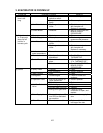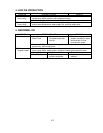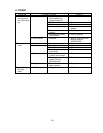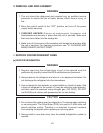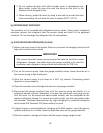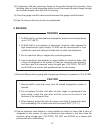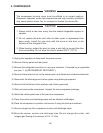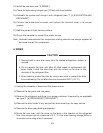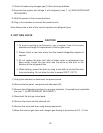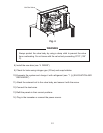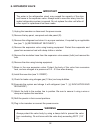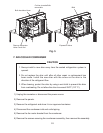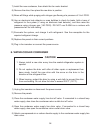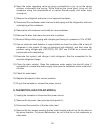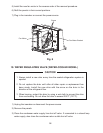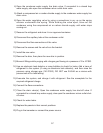
50
7) Check for leaks using nitrogen gas (10 bar) and soap bubbles.
8) Evacuate the system and charge it with refrigerant (see “1. [c] EVACUATION AND
RECHARGE”).
9) Refi t the panels in their correct positions.
10) Plug in the icemaker or connect the power source.
Note: Always use a drier of the correct capacity and refrigerant type.
5. HOT GAS VALVE
CAUTION
1. To ensure optimum performance, use a copper tube of the same
diameter and length for replacement of the hot gas circuit.
2. Always install a new drier every time the sealed refrigeration system is
opened.
3. Do not replace the drier until after all other repair or replacement has
been made. Install the new drier with the arrow on the drier in the
direction of the refrigerant fl ow.
4. When brazing, protect the drier by using a wet cloth to prevent the drier
from overheating. Do not allow the drier to exceed 250°F (121°C).
1) Unplug the icemaker or disconnect the power source.
2) Remove the top panel, rear panel and side panel (R).
3) Recover the refrigerant and store it in a proper container, if required by an applicable
law (see “1. [b] REFRIGERANT RECOVERY”).
4) Disconnect the hot gas valve leads.
5) Remove the screw and the solenoid coil.
6) Remove the valve and drier using brazing equipment.
7) Braze the new hot gas valve with nitrogen gas fl owing at a pressure of 0.2 - 0.3 bar.



